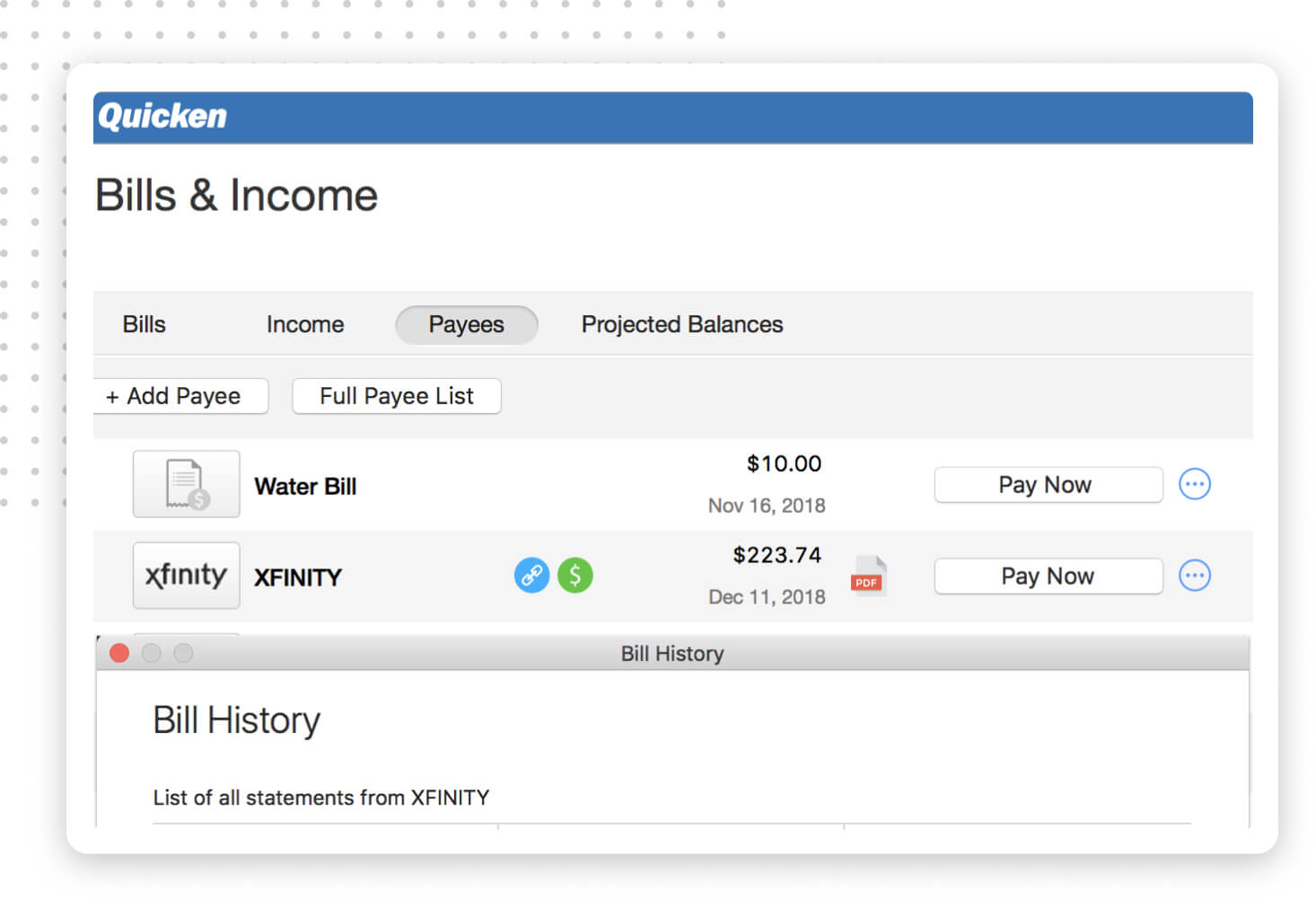


But over the course of the year, the average is $2,346. For example, most people aren't spending $196 per month on furniture and appliances. It's also worth noting that not all of the typical expenses are monthly expenses. Because we rounded to the nearest dollar, there may be small discrepancies when comparing the monthly and annual numbers. The BLS survey only calculates annual spending, so we divided those numbers by 12 to get the average household expenses per month.
MOST COMMON BILLS TO PAY FULL
Here's a full breakdown of the average spending by category: The best option is a high-yield savings account to maximize the interest you earn.ĬOMPARE TOP PICKS: Best High-Yield Savings Accounts Where Americans spend their money While the amount you save is most important, where you put that money also matters. That's close to the recommended savings rate of at least 20%. Average pre-tax income is $84,352.īased on the income and spending figures, Americans spend 82% of their income after taxes and have a savings rate of 18%.

The average American household's annual income after taxes is $74,949. Average annual income per household: $74,949 Three roommates would be three consumer units. Two or more people living together and sharing major expensesįor example, two parents and a child would be one consumer unit.Single persons sharing a household with others but are financially independent.The BLS defines a consumer unit as any of the following: You might be wondering what exactly counts as a consumer unit.

Average expenses decreased by 2.7% from 2019 to 2020. The figures presented below are national averages.Ĭonsumer spending in the United States had been steadily increasing, but 2020 was a departure from that trend, likely because of the COVID-19 pandemic. Keep in mind that living cost varies by region - some cities are very affordable, while others are extremely expensive. That means the average spending per year is $61,334. The average expenses per month for one consumer unit in 2020 was $5,111.


 0 kommentar(er)
0 kommentar(er)
